
Featured

Request for Proposal Template for a GRC Product (Cyber Governance, Risk, and Compliance)
1. Introduction This Request for Proposal (RFP) is issued by [Your Organization’s Name] to solicit proposals from qualified vendors for a Governance, Risk, and Compliance (GRC) solution. Request for Proposal Template for a GRC product should support the organization’s need
Featured

SEBI Cyber Capability Index (CCI)
The SEBI Cyber Capability Index (CCI) is a framework created to assess and quantify the cybersecurity preparedness and resilience of Market Infrastructure Institutions (MIIs) and Qualified Regulated Entities (REs). Its goal is to provide a standardized measurement of cybersecurity maturity
Featured

SEBI’s Cybersecurity and Cyber Resilience Framework (CSCRF) Circular
Introduction: On August 20, 2024, SEBI introduced a comprehensive Cybersecurity and Cyber Resilience Framework (CSCRF) aimed at enhancing the protection of IT infrastructure and data across SEBI-regulated entities (REs). This circular is designed to ensure uniformity in cybersecurity measures and
Featured

The Microsoft-CrowdStrike BSOD: A Black Swan in Cybersecurity?
The world witnessed a Black Swan in Cybersecurity recently: a global outage caused by a bug in cybersecurity software, led to the dreaded Blue Screen of Death (BSOD) on countless Microsoft Windows machines. This wasn’t your typical cyberattack, and understanding
Featured
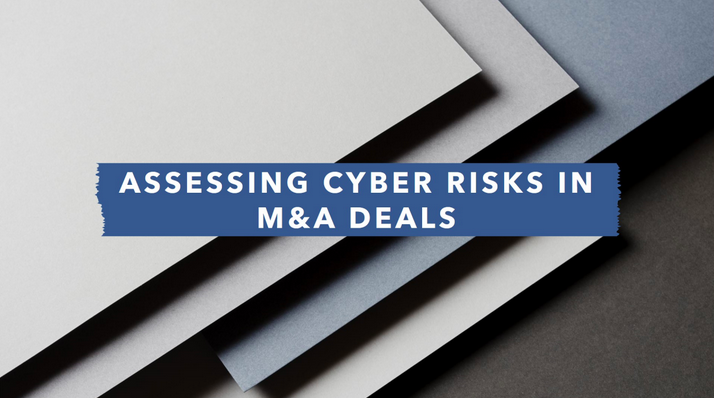
Don’t Sleep on Cybersecurity: Why Cyber Risk Assessments are the Secret Weapon of Successful M&A
The world of mergers and acquisitions (M&A) is a thrilling one, pulsating with the promise of growth, market dominance, and an exciting new chapter for involved businesses. But amidst the champagne toasts and boardroom negotiations, a crucial element often gets
Featured
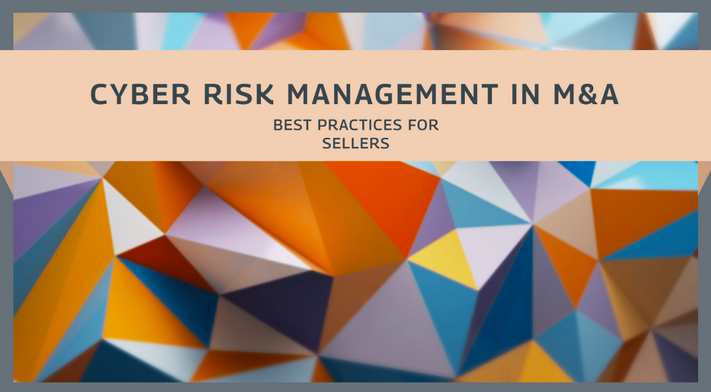
Part 2: The Buyer’s Cybersecurity Shield: Best Practices for cyber risk assessments in M and A
In our previous post, the importance of cyber risk assessments in M and A was explained thoroughly. Mergers and acquisitions (M&A) represent a strategic opportunity for companies to achieve market leadership, expand capabilities, and propel significant growth. However, navigating the
Featured

The Seller’s Guide to Proactive Cybersecurity: Best Practices for M&A Success
In our previous blog, we explained in detail from a buyer’s perspective. This professional guide equips sellers with the knowledge and best practices to confidently navigate M&A negotiations while demonstrating a commitment to robust cybersecurity practices. Mergers and acquisitions (M&A)
Featured

Understanding and Managing Different Types of Cyber Risks
Cyber risks have become a significant concern for organizations worldwide. Different Types of Cyber Risks come in various forms and can originate from multiple sources. Broadly, cyber risks can be categorized into three main types: Technical Vulnerabilities, Process/Policy Gaps, and
Featured
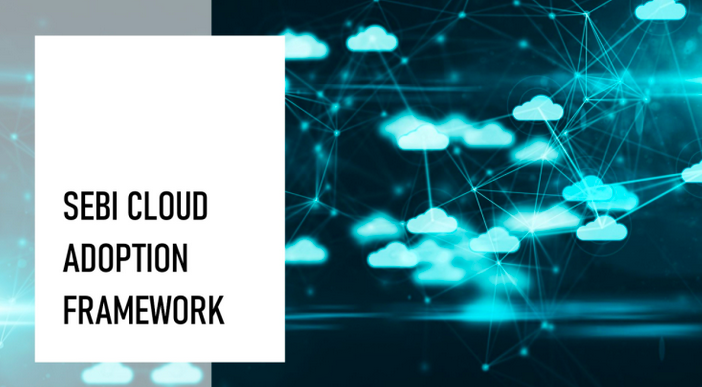
SEBI Framework for Adoption of Cloud Services
Introduction The Securities and Exchange Board of India (SEBI) has released a comprehensive framework for the adoption of cloud services by SEBI-regulated entities (REs)[1]. SEBI Framework for Adoption of Cloud Services aims to provide baseline security standards, ensure compliance with
Featured
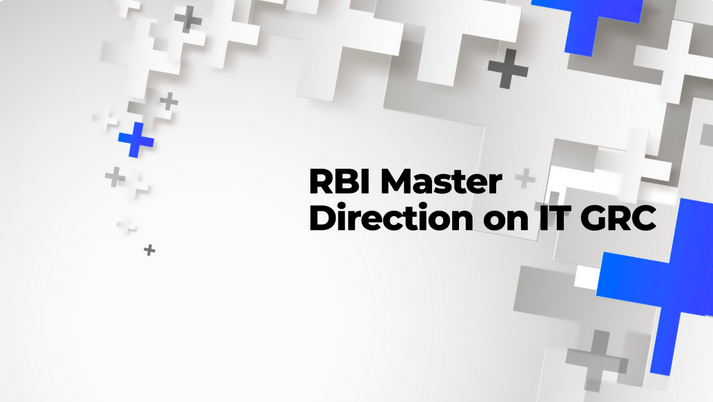
RBI Master Direction on Information Technology Governance, Risk, Controls, and Assurance Practices
Overview The Reserve Bank of India (RBI) has released comprehensive directions to enhance IT governance, risk management, control mechanisms, and assurance practices among regulated entities. Effective April 1, 2024, RBI Master Direction on Information Technology Governance, Risk, Controls, and Assurance
Featured

The Power of Automation in Compliance Audit Management
In the previous blog, we explored the challenges in manually managing compliance audits. Automation in Compliance Audit Management can transform the arduous manual audit and compliance management process into a streamlined, efficient, and accurate system. Here’s how automation can help
Featured
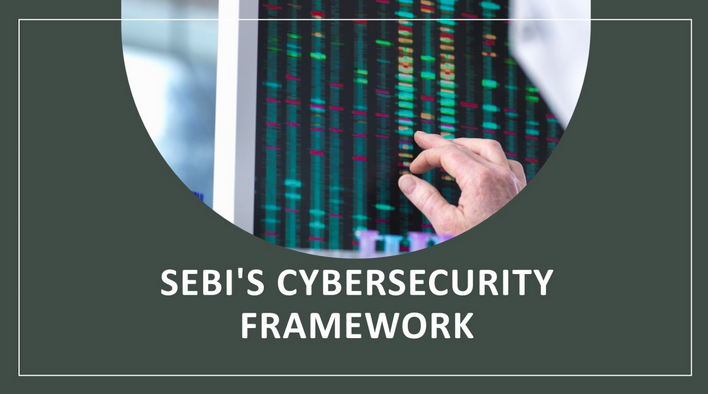
SEBI’s New Framework for Regulated Entities
Securities and Exchange Board of India (SEBI) has introduced a comprehensive Consultation Paper on a Consolidated Cybersecurity and Cyber Resilience Framework (CSCRF) for SEBI Regulated Entities (REs). SEBI’s New Framework for Regulated Entities aims to bolster the cybersecurity defenses and
Featured
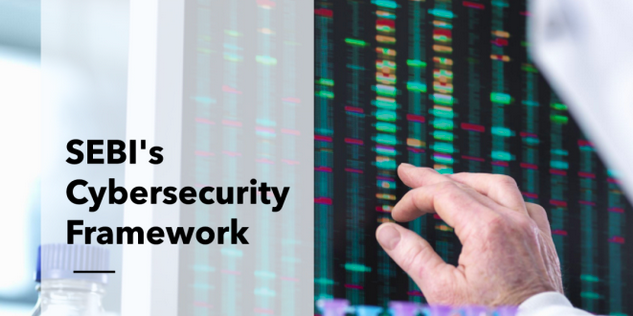
SEBI Cybersecurity and Cyber Resilience Framework (CSCRF) Announcement
Cybersecurity and Cyber Resilience Framework (CSCRF) for SEBI Regulated Entities (REs) Summary: The 206th Board meeting of SEBI held in Mumbai on June 27th approved the Cybersecurity and Cyber Resilience Framework (CSCRF), a standard-based approach designed to enhance cybersecurity and
Featured

Risk Based Vulnerability Management (RBVM)
This is an informative blogpost on Risk Based Vulnerability Management. How organizations can manage & prioritize remediation of their issues.
Seconize DeRisk Center – Release Notes v3.2.4
Vulnerability Management Simplified naming for re-assessment requests to improve tracking and correlation Charts are now clickable for direct navigation to related findings Vulnerability import templates aligned with UI, with improved validations and changelog Compliance Management Dedicated SEBI CSCRF – CCI Dashboard for focused CCI
Seconize DeRisk Center – Release Notes v3.2.3
Compliance Audit Automation Added support for the NSE Circular (Circular Ref. No: 67/2025, dated Nov 10, 2025), enabling automated evidence collection, control mapping, and compliance tracking as per the circular requirements. Connectors & Integrations (Evidence Collection) All connectors now support
Kenna (Cisco Vulnerability Management) vs Seconize DeRisk Center
A feature and lifecycle-driven comparison for modern enterprises With Cisco announcing End-of-Sale (EoS) and End-of-Life (EoL) for Kenna / Cisco Vulnerability Management, many organizations are reassessing how they manage vulnerability risk—not just prioritization, but end-to-end execution, governance, and audit readiness. This page provides a clear,
Migrating from Cisco Vulnerability Management (Kenna) to Seconize DeRisk Center
Migrating from Cisco Vulnerability Management (Kenna) to Seconize DeRisk Center Cisco’s announced end-of-sale and end-of-life timelines for Cisco Vulnerability Management (formerly Kenna.VM), Vulnerability Intelligence, and the Application Security module create a critical transition point for organizations that rely on these
Seconize DeRisk Center – Release Notes v3.2.2
🚀 New Features & Enhancements Unified Exception Management (New Module) A completely redesigned Exception Management capability enabling comprehensive tracking of all GRC-related exceptions: Exceptions across vulnerabilities, audit observations, audit tasks, and policies can now be centrally managed. Multi-level approvals with
Seconize DeRisk Center – Release Notes v3.1.9 – v3.2.0
Seconize DeRisk Center v3.1.9 – v3.2.0 – AI-Driven Automation, Smarter Workflows, Compliance Intelligence AI-Powered Chatbot and Contextual Assistance (v3.1.9 & v3.1.9.1) Policy-aware chatbot answering organization-specific compliance queries. Secure MCP-based interactions for accurate contextual responses. Support for file uploads including policy
Seconize DeRisk Center – Release Notes v3.1.9
Seconize DeRisk Center v3.1.9 – Policy-Aware Chatbot and Platform Stability Policy-Aware Chatbot A breakthrough capability bringing policy intelligence directly into the workflow. Answers organization-specific policy questions with context. Built using MCP for scalable and secure model interactions. Supports compliance teams,

Unlocking Software Transparency: SBOM Implementation with Real-World Case Studies
🔍 Introduction to SBOM Implementation Modern software systems are built on complex layers of third-party, open-source, and proprietary components. Without visibility into these layers, organizations face serious cybersecurity, compliance, and operational risks. Recognizing this, CERT-In released Version 2.0 of its

Crying Wolf: A case for risk assessment in vulnerability management
“There was once a shepherd boy who kept crying ‘Wolf! Wolf!’ just to see people panic… until one day, the wolf really came.” This age-old fable holds a powerful lesson — and an even more powerful parallel in the world
Seconize DeRisk Center – Release Notes v3.1.8
Seconize DeRisk Center v3.1.8 – AI Capabilities and Usability Enhancements AI Features MCP Server Integration and a Cybersecurity Chatbot introducing contextual intelligence. MCP Server deployed to securely interface AI models with organizational cybersecurity data. AI-powered chatbot capable of: Answering compliance
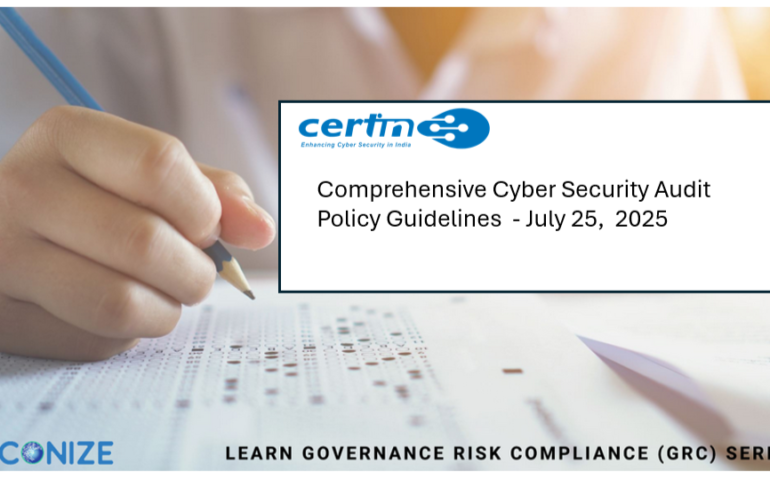
Understanding CERT-In’s Comprehensive Cyber Security Audit Policy Guidelines (2025): What Organizations Must Know
Note: This blog is issued under public interest On July 25, 2025, the Indian Computer Emergency Response Team (CERT-In) released the CERT-In’s Comprehensive Cyber Security Audit Policy Guidelines (Version 1.0) — a structured and standardized audit framework that is mandatory
Seconize DeRisk Center – Release Notes v3.1.7
Seconize DeRisk Center v3.1.7 – New Features and Enhancements Compliance Audit Automation A set of capabilities designed to streamline audit execution and strengthen evidence management. Action Tracker for monitoring GRC items including user access reviews and audit tasks. Centralized Evidence


Recent Comments